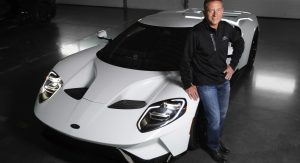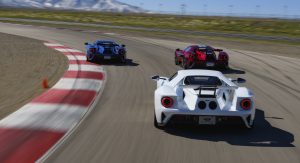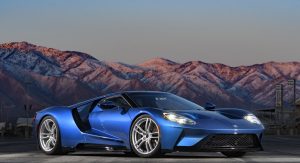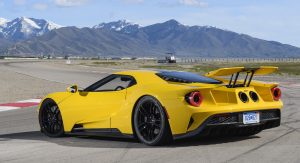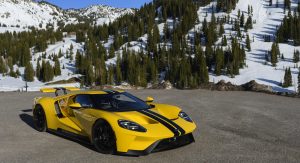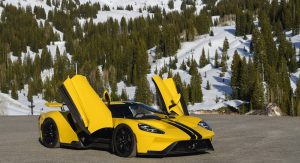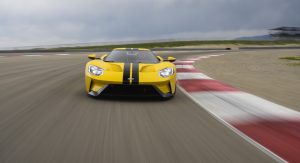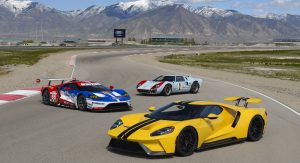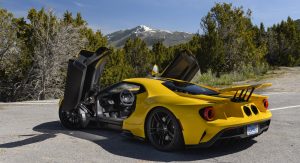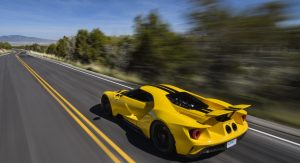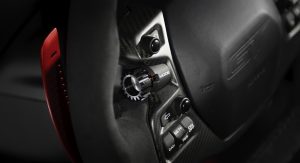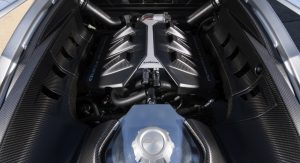The Internet is now flooded with reviews of the much-awaited Ford GT, with the company now sharing more details on the new supercar’s impressive technology.
The new Ford GT also serves a role as a technology test bed for the company, featuring many innovations in aerodynamics, the use of carbon-fiber and engine technology that will eventually end up in future Ford models.
“When we began work on the all-new Ford GT in 2013, the team had three goals,” said Raj Nair, Ford executive vice president of Product Development and chief technical officer. “The first was to use it as a training ground for our engineers as we develop future engine technology and stretch our understanding of aerodynamics.”
“Then, to push the boundaries of advanced material usage, such as lightweight carbon fiber. Finally, we set out to win the Le Mans 24 Hours, referred to by many as the ultimate test of endurance and efficiency.”
The crazy aero agenda alone makes the Ford GT one of the most special vehicles on the road, with the aerodynamic performance changing on demand thanks to movable elements such as the special ducts in the front and that large rear wing.
The rear wing is also a patent-pending design that changes the shape of the aerofoil for maximum efficiency. The compact size of the six-cylinder engine allowed Ford’s engineers to further exploit the aerodynamics, placing the engine intercoolers ahead of the rear wheels to taper the fuselage around the engine.
Ford has worked with Multimatic and DowAksa in order to develop new ways for faster and high-volume production of carbon-fiber parts. For example, these awesome flying buttresses that run from the roof to the rear bumper wouldn’t be possible using steel or aluminum, due to the limitations of the traditional metal stamping.
The Ford GT’s 3.5-litre EcoBoost V6 engine is the most powerful of the family, with 647hp, and features among other things an anti-lag system which works by keeping the throttle open when the driver is off the accelerator. The fuel injectors are off but the turbo keeps spinning so the engine will respond faster as soon as the driver hits the gas pedal.
“We pushed the engine’s limits beyond what we might consider in traditional development programs, which is important as we continue to advance EcoBoost technology as a centrepiece of the company’s global line-up,” said Bob Fascetti, Ford vice president, powertrain engineering.





